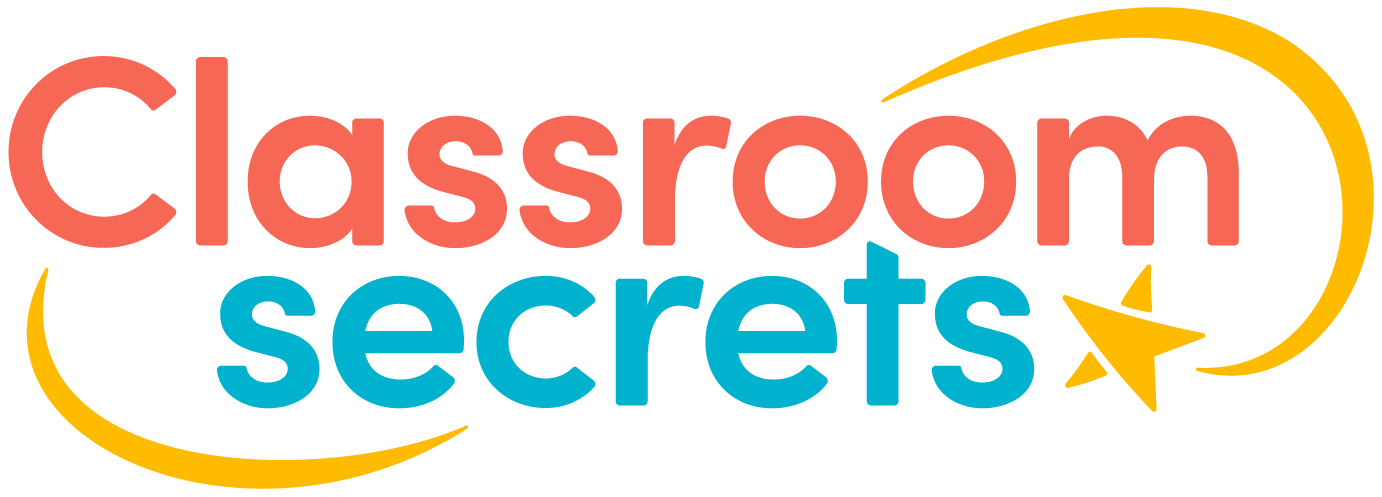Intent- What are we trying to achieve through our curriculum?
The national curriculum (2014) for mathematics aims to ensure that the pupils:
- Become fluent in the fundamentals of mathematics, including through varied and frequent practice with increasingly complex problems over time, so that pupils develop conceptual understanding and the ability to recall and apply knowledge rapidly and accurately.
- Reason mathematically by following a line of enquiry, conjecturing relationships and generalisations, and developing an argument, justification or proof using mathematical language.
- Can solve problems by applying their mathematics to a variety of routine and non-routine problems with increasing sophistication, including breaking down problems into a series of simpler steps and persevering in seeking solutions.
At St George’s C of E School, we want students to have a love of learning mathematics through a NURTURING approach where all children develop a deeper understanding of mathematical concepts, building upon solid foundations in EYFS, as they move through St. George’s. We aim to create an ambitious, connected curriculum accessible to all pupils where the children access high quality maths that is both enjoyable yet challenging that inspires and excites the children to LEARN and SUCCEED. We place great emphasis on mathematical language and questioning so pupils can discuss the mathematics they are undertaking, and so support them to take ideas further in order for them to reason and take their ideas further. It is vital to us that the children are confident, resilient learners who are not afraid to take positive risks: in turn, creating determination and rigour as they make sustained progress over a period of time. We feel that it is pivotal that the children need opportunities to make connections across mathematical ideas and build upon prior knowledge to develop fluency, mathematical reasoning and competence in solving increasingly more difficult problems. It is important that our children leave St George’s with maths skills ready to use in their wider world. We want to ensure that maths is taught with a ‘lifelong’ approach so that they recognise it is not just something you need at school but for life after school and employment.
Implementation- How is our curriculum delivered?
Our maths curriculum has been crafted to ensure that security in number is prioritised through our long term plan. Within units of work, a small-step approach to medium term planning results in children progressing their prior knowledge and developing their confidence as they approach new learning. Reactivate tasks are used within every lesson to enable children to recognise and apply previously learned concepts, before accessing the next step.
The key components of fluency, reasoning and problem solving are all key components of learning mathematics that are included in all of the stages of learning. Common misconceptions and key teaching/learning points are identified during the planning stage and are considered in assessment for learning opportunities.
Formal methods and reasoning opportunities are threaded through each topic. We use a concrete, pictorial, abstract approach within our calculation policy that uses physical and visual aids to build a child’s understanding of abstract topics, through modelling and interaction. Building these steps across a unit and within lessons can help pupils to better understand the relationship between maths and the real world, therefore helping to secure their understanding of the mathematical concepts that they are learning. Consistency of practice results in the children building a robust understanding of abstract topics, developing confidence and resilience, alongside being positive risk-takers in their learning.
As a school, we have purchased subscriptions to help your child improve their Maths at home. Please see the links below:



